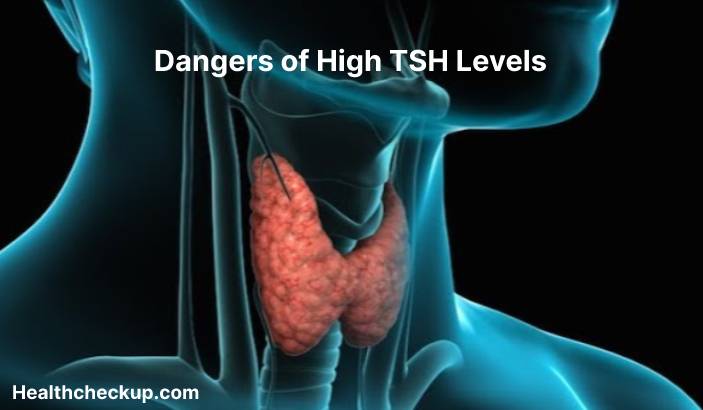Nephropathia epidemica, also known as nephropathia epidemica, is a rare viral disease that is caused by the Puumala virus. It is a type of hantavirus, which is a group of viruses that are transmitted to humans through contact with infected rodents, such as mice and voles.
The symptoms of nephropathia epidemica typically appear 1-3 weeks after infection and include:
- Fever
- Headache
- Muscle aches
- Fatigue
- Nausea and vomiting
- Loss of appetite
- Abdominal pain
- Rash
- Redness of the eyes
In severe cases, nephropathia epidemica can lead to kidney failure, which can be life-threatening.
Diagnosis of nephropathia epidemica is typically based on the presence of symptoms and a person’s history of exposure to rodents. Laboratory tests, such as a PCR (polymerase chain reaction) test or virus culture, can be used to confirm the diagnosis.
There is no specific treatment for nephropathia epidemica, and treatment is typically based on the severity of the illness. It includes medications to reduce fever and inflammation, as well as supportive care, such as fluids to prevent dehydration and dialysis to support kidney function.
Nephropathia epidemica can be prevented through measures to reduce the risk of rodent exposure, such as sealing cracks and holes in buildings to prevent rodents from entering, storing food in airtight containers, and cleaning and disinfecting areas where rodents are present. It is also important to practice good hygiene, such as washing your hands frequently, to help prevent the spread of the virus.
There is no vaccine for nephropathia epidemica, and it is generally considered to be a rare disease. However, it is important to be aware of the risks of nephropathia epidemica and to take steps to protect yourself and others from this potentially serious illness.








